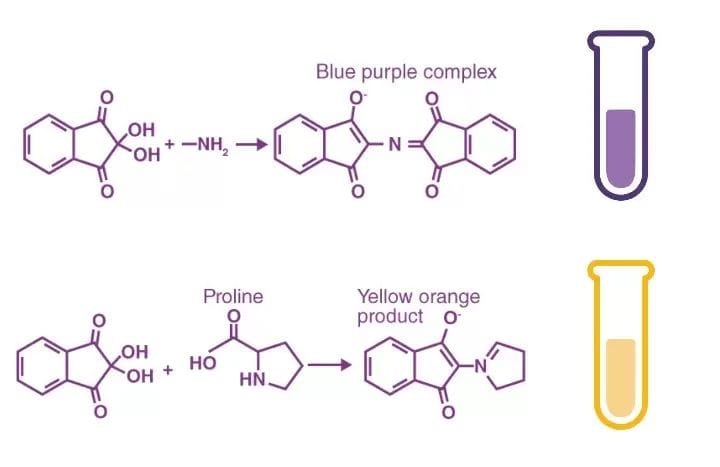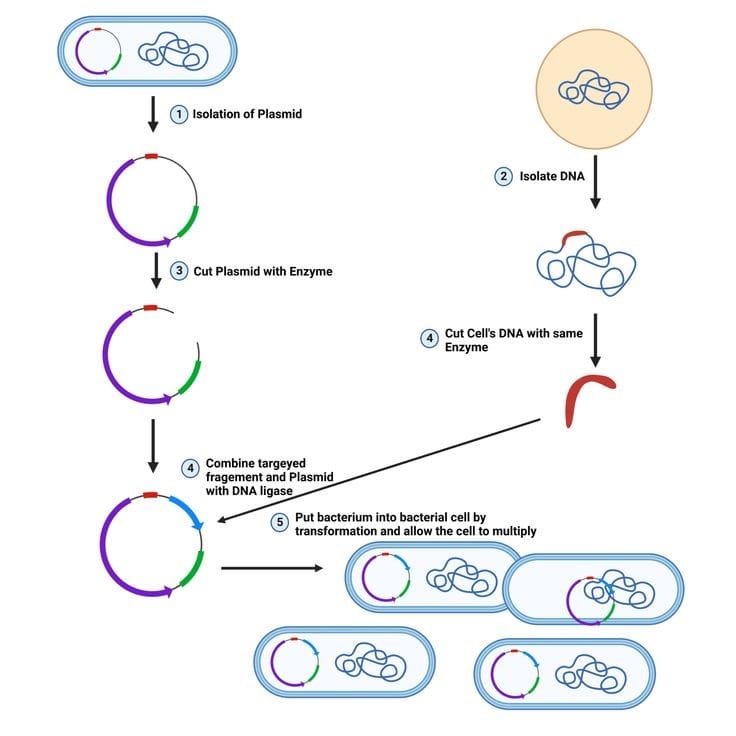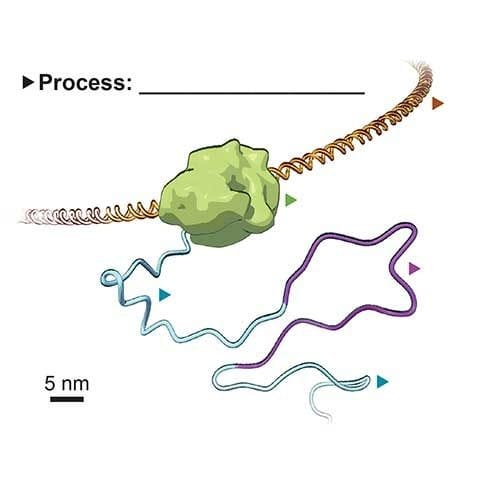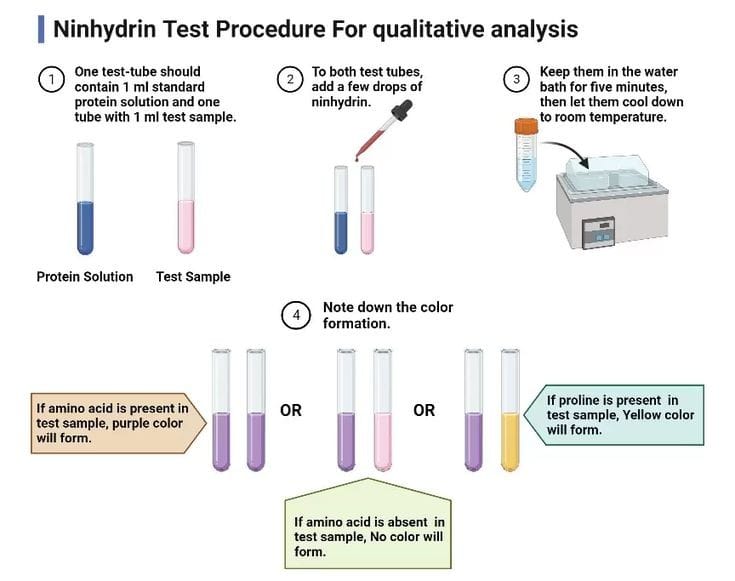The Enzyme-Linked Immunosorbent Assay (ELISA) is a widely used method to detect and quantify proteins, antibodies, hormones, and other substances. Here’s a brief overview of the process:

Coating the Plate:
- Attach the antigen or antibody of interest to the wells of a microplate.
- Incubate to allow the molecules to adhere to the plate.
Blocking:
- Add a blocking agent (e.g., bovine serum albumin) to prevent non-specific binding of other proteins.
Sample Incubation:
- Introduce the sample containing the target molecule (e.g., antigen or antibody).
- Allow time for the target molecule to bind to the coated antigen or antibody.
Washing:
- Wash the plate to remove unbound substances.
Enzyme Conjugation:
- Add an enzyme-conjugated secondary antibody or substrate that will bind to the target molecule.
- Common enzymes used are horseradish peroxidase (HRP) or alkaline phosphatase.

Washing:
- Remove unbound enzyme-conjugated substances.
Substrate Addition:
- Add a substrate that reacts with the enzyme to produce a detectable signal.
- Common substrates are chromogenic (color change) or chemiluminescent (light emission).
Signal Detection:
- Measure the developed color or luminescence using a spectrophotometer or a plate reader.
- The intensity of the signal is proportional to the amount of target molecule present in the sample.
Data Analysis:
- Compare the results with a standard curve generated using known concentrations of the target molecule.
- Calculate the concentration of the target molecule in the sample.
ELISA is versatile and can be modified for various applications, including indirect, direct, sandwich, and competitive ELISAs, depending on the specific assay requirements.
There are several types of Enzyme-Linked Immunosorbent Assay (ELISA), each designed for specific applications. Here are some common types:
Direct ELISA:
- Involves immobilizing the antigen directly onto the microplate.
- Detection is done using a labeled antibody specific to the target antigen.
Indirect ELISA:
- The antigen is immobilized on the microplate.
- A primary antibody binds to the antigen, and a secondary enzyme-linked antibody detects the primary antibody.
Sandwich ELISA:
- Used for detecting and quantifying antigens.
- The microplate is coated with a capture antibody that binds to the target antigen.
- A labeled detection antibody is then added, forming a “sandwich” with the antigen.
Competitive ELISA:
- Suitable for detecting small molecules.
- Involves competition between a labeled and an unlabeled antigen for binding to a limited number of antibody binding sites.

Reverse ELISA (Capture ELISA):
- The detection antibody is immobilized on the microplate.
- The sample containing the target antigen is added, followed by a labeled secondary antibody.
Enzyme-Linked Immunospot (ELISPOT):
- Used for detecting individual cells that produce a specific protein, such as cytokines.
- Cells are plated onto a membrane-coated microplate, and the captured protein is detected using enzyme-labeled antibodies.
Chemiluminescent ELISA:
- Utilizes a chemiluminescent substrate for enzyme detection.
- Provides high sensitivity and a broad dynamic range for quantification.
Multiplex ELISA:
- Allows simultaneous detection of multiple analytes in a single sample.
- Utilizes different capture antibodies labeled with distinct enzymes or fluorophores.
These variations cater to different experimental needs, offering flexibility in terms of sensitivity, specificity, and the type of molecules being detected or quantified.


Thank you for your sharing. I am worried that I lack creative ideas. It is your article that makes me full of hope. Thank you. But, I have a question, can you help me?
Can you be more specific about the content of your article? After reading it, I still have some doubts. Hope you can help me.